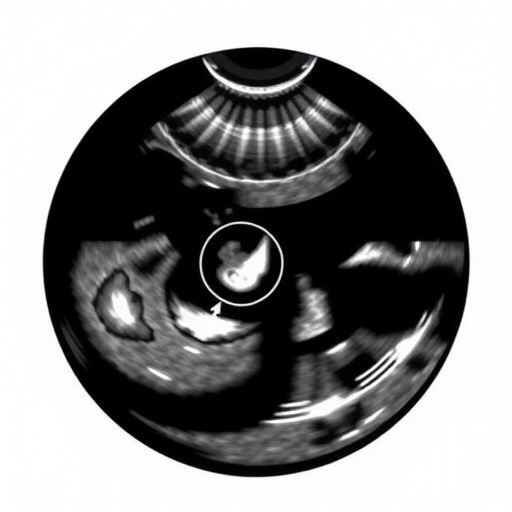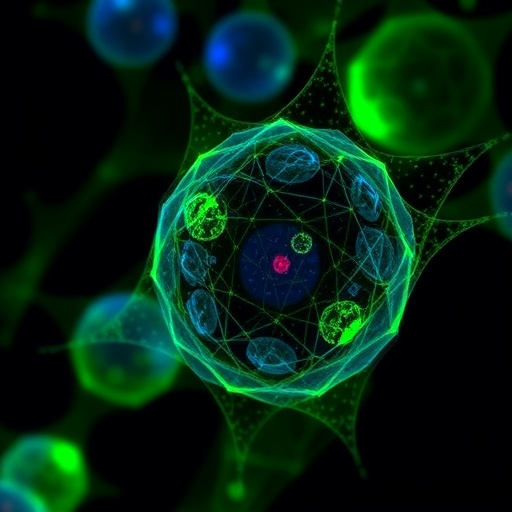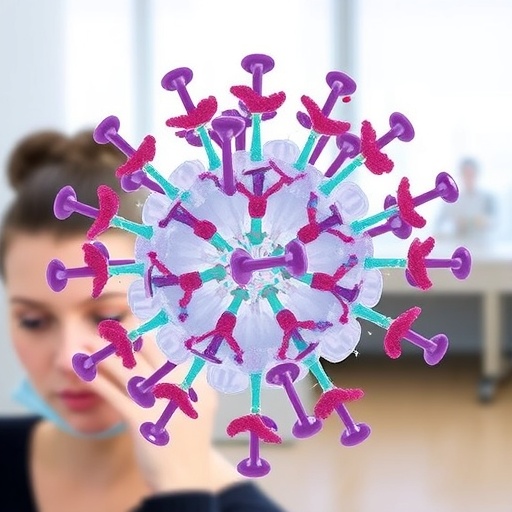Volumetric printing represents a monumental leap in additive manufacturing, an innovative technique designed for constructing intricate three-dimensional objects with unprecedented speed and surface quality. Traditional methods of 3D printing typically involve a stepwise approach, wherein each layer of material is applied sequentially. This iterative process is not only time-consuming but can lead to compromises in the quality of the final product. However, volumetric printing circumvents these limitations by eliminating the need for incremental layer-by-layer application. Instead, it harnesses advanced technologies to solidify materials rapidly within a spatial volume, creating fully formed 3D constructs in a fraction of the time.
At the core of this technological evolution is the reliance on light energy to initiate photopolymerization of transparent inks. While this approach has opened new avenues in additive manufacturing, it is not without its constraints. The effectiveness of existing volumetric printing techniques is often hampered by limited material choices, reduced build sizes, inadequate cell densities, and challenges related to in vivo printability. This has led researchers to seek alternative methods that can broaden the scope of materials and applications available for 3D printing.
Recent advancements in sonicated inks, or sono-inks, coupled with focused-ultrasound (FUS) writing, have emerged as pioneering solutions for deep-penetration acoustic volumetric printing (DAVP). This technology leverages the power of sound waves to induce rapid sono-thermal heating, leading to material solidification specifically at the focal region of the ultrasound. This novel approach not only allows for the production of complex 3D shapes but also eliminates the necessity of a build platform, thereby enhancing the flexibility and potential applications of volumetric printing technology.
Developing efficient sono-inks is a critical step that requires meticulous preparation and characterization. Researchers must synthesize lower critical solution temperature (LCST) polymers, which function as phase-transition reversible acoustic absorbers. These specially formulated inks not only have to meet rigorous standards of rheological and acoustic properties but must also be assessed for cytocompatibility, ensuring that they are suitable for potential biomedical applications. The acoustic properties of sono-inks are key to their performance, as they determine how effectively the inks can be manipulated within optically scattering media.
Once the sono-inks have been prepared, the next phase involves the construction of a 3D FUS printer. This process necessitates a deep understanding of ultrasound systems, the physics of focused ultrasound, and the principles of volumetric printing. Integrating an FUS transducer with a 3D printing platform is paramount, as this combination enables the realization of the unique capabilities offered by DAVP. With a completed assembly, the 3D FUS printer will be equipped to execute sophisticated printing tasks.
Utilizing sono-inks in conjunction with the newly developed 3D FUS printer opens up exciting possibilities for the evaluation of sono-thermal effects during the printing process. This aspect is crucial for understanding how the material behaves under ultrasound application and ultimately influences the resolution of the printed constructs. By meticulously characterizing the volumetric printing resolutions, researchers can glean vital information that dictates the quality and fidelity of the printed objects.
This innovative capability has far-reaching implications, especially in fields such as tissue engineering. The ability to produce 3D constructs through optically scattering materials, including centimeter-thick biological tissues, represents a transformative advancement in the realm of medical applications. These constructs could potentially mimic the complex geometries and features of natural tissues, thereby heralding a new era in regenerative medicine and transplantation.
Despite the sophisticated nature of this technology, achieving proficiency in DAVP is not without its challenges. The procedures involved are extensive and require a significant investment of time, approximately 470 hours to complete the entire process. Yet, this investment is justified by the far-reaching potential applications of the technology. It positions researchers at the forefront of a rapidly evolving field, allowing for the development of new materials and techniques that were previously considered inconceivable.
Furthermore, the collaborative efforts within the scientific community to refine and improve these methodologies are crucial for the widespread adoption of volumetric printing. By sharing findings and techniques, researchers can accelerate the pace of innovation in this field, paving the way for breakthroughs that will redefine how we approach 3D printing and manufacture complex structures. This collective effort also ensures that the technologies developed are robust and reliable, catering to the diverse needs across industries.
In summation, the fusion of sonicated inks and focused-ultrasound writing epitomizes the cutting-edge advancements in the field of additive manufacturing. Deep-penetration acoustic volumetric printing not only addresses the limitations of existing techniques but also opens new avenues for exploration across various applications. As researchers continue to develop and refine these technologies, the impact will undoubtedly cascade throughout numerous sectors, leading to an extraordinary evolution in how we understand and utilize 3D printing.
The ongoing research and development of sono-inks and 3D printing technologies are predictions of a future where manufacturing capabilities are limited only by imagination. This approach will likely revolutionize multiple fields from biomedical engineering to tailored consumer products, making the accessibility and practicality of high-precision, high-quality 3D constructs a reality.
In conclusion, the advent of deep-penetration acoustic volumetric printing marks a significant milestone in the journey of additive manufacturing. As the methodologies mature and broaden, we stand on the verge of extraordinary advancements that promise to reshape industries and enhance the quality of life through innovative applications of 3D printing technology.
Subject of Research: Deep-penetration acoustic volumetric printing using sonicated inks and focused ultrasound.
Article Title: Sonicated inks and focused-ultrasound writing enable deep-penetration acoustic volumetric printing.
Article References:
Kuang, X., Rong, Q., Belal, S. et al. Sonicated inks and focused-ultrasound writing enable deep-penetration acoustic volumetric printing.
Nat Protoc (2025). https://doi.org/10.1038/s41596-025-01258-1
Image Credits: AI Generated
DOI:
Keywords: 3D printing, volumetric printing, sono-inks, focused ultrasound, additive manufacturing, biomedical applications, tissue engineering, material solidification.
Tags: advanced additive manufacturing methodschallenges in material selection for printingdeep-penetration acoustic printingenhancing cell density in additive manufacturingfocused-ultrasound writing technologyfuture of 3D printing technologiesinnovations in volumetric printinglimitations of traditional 3D printingphotopolymerization of transparent inksrapid 3D object constructionsono-inks in 3D printingvolumetric printing techniques





